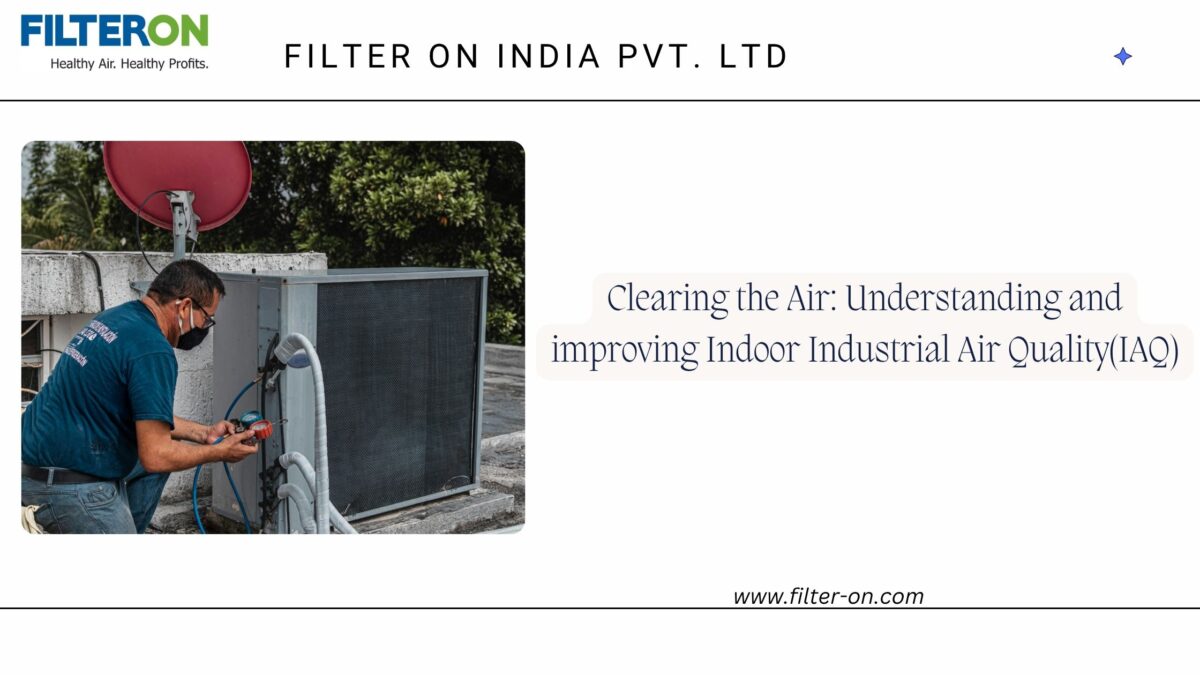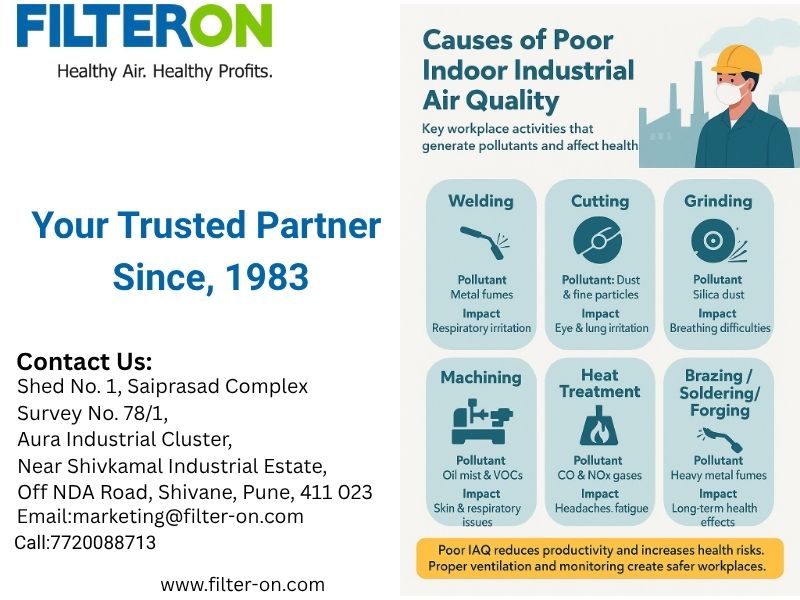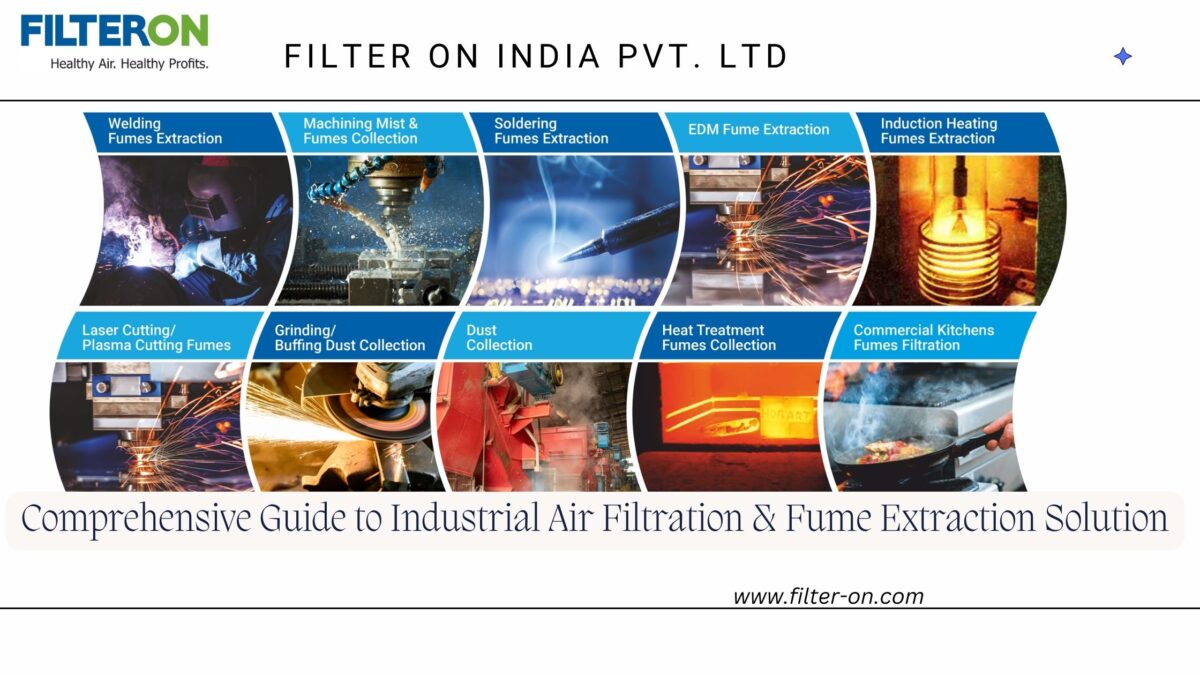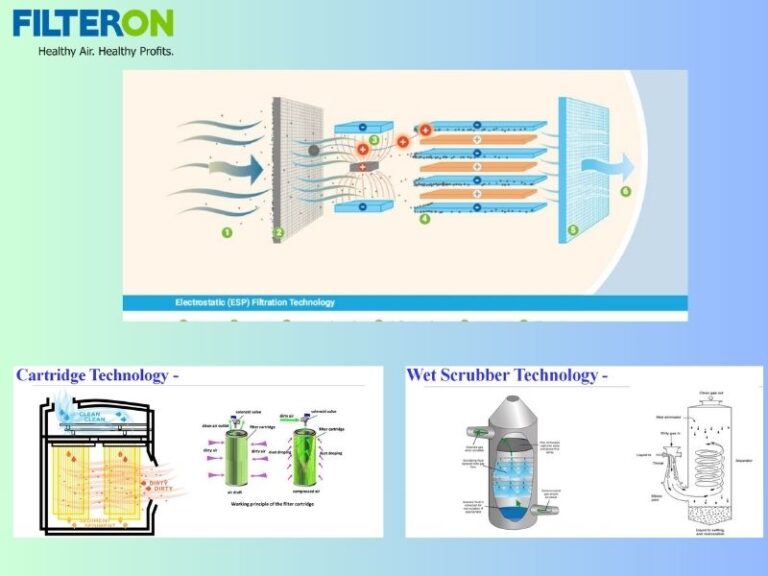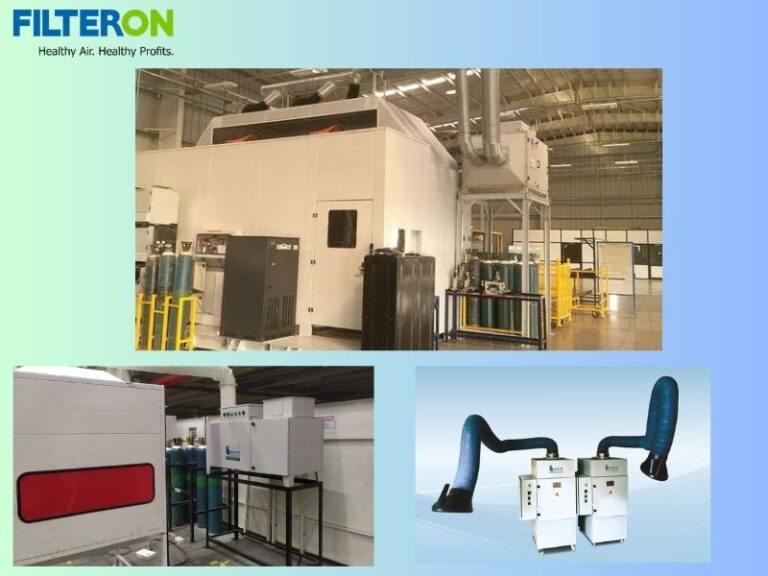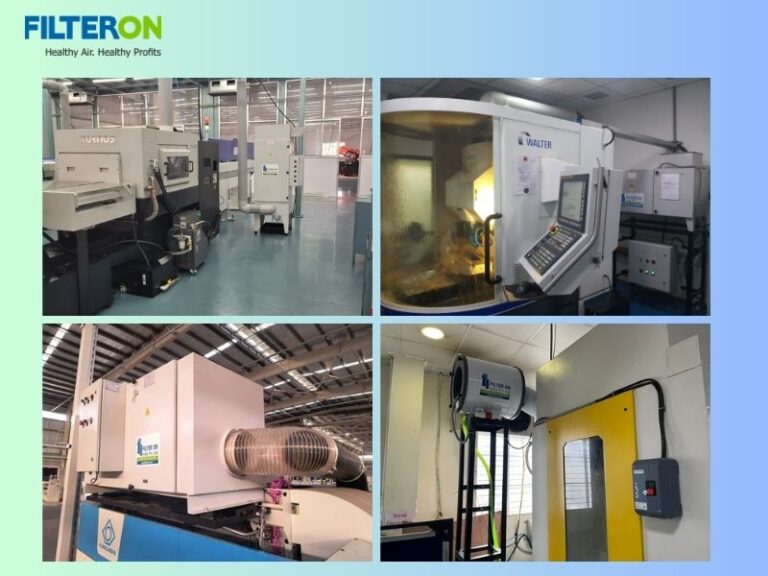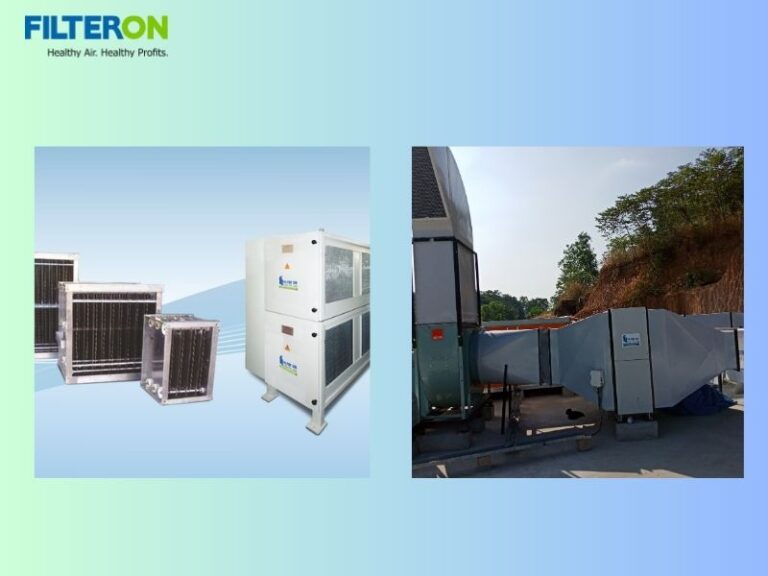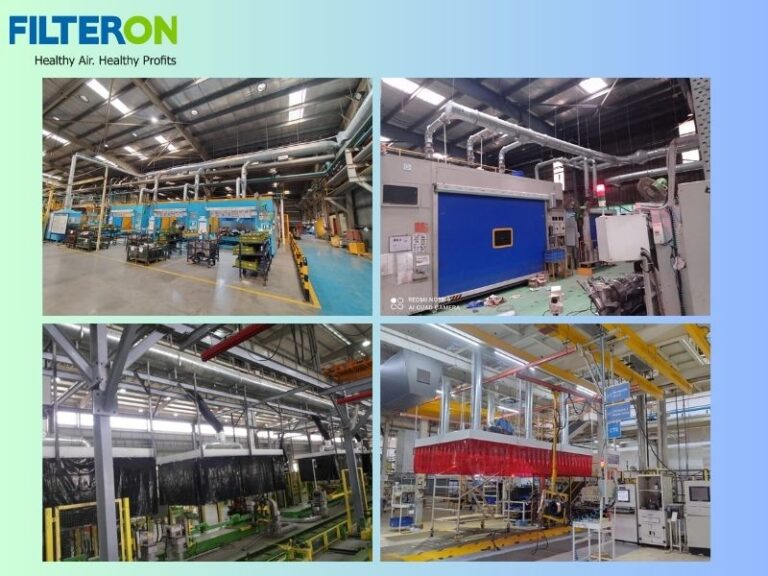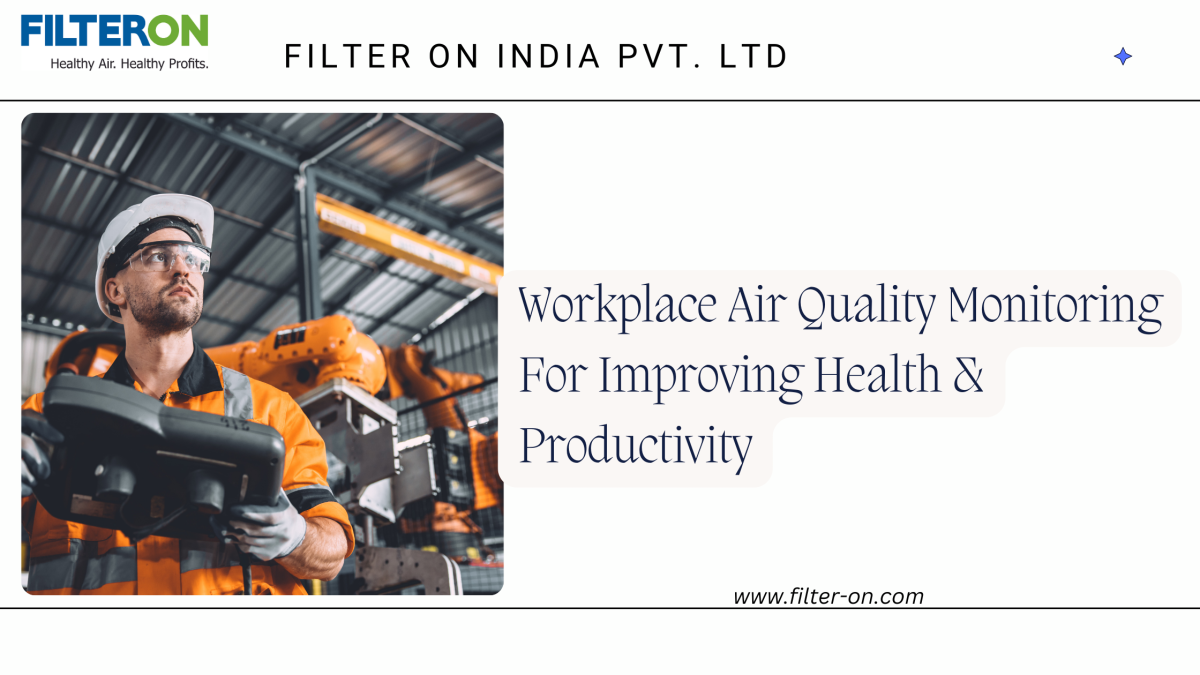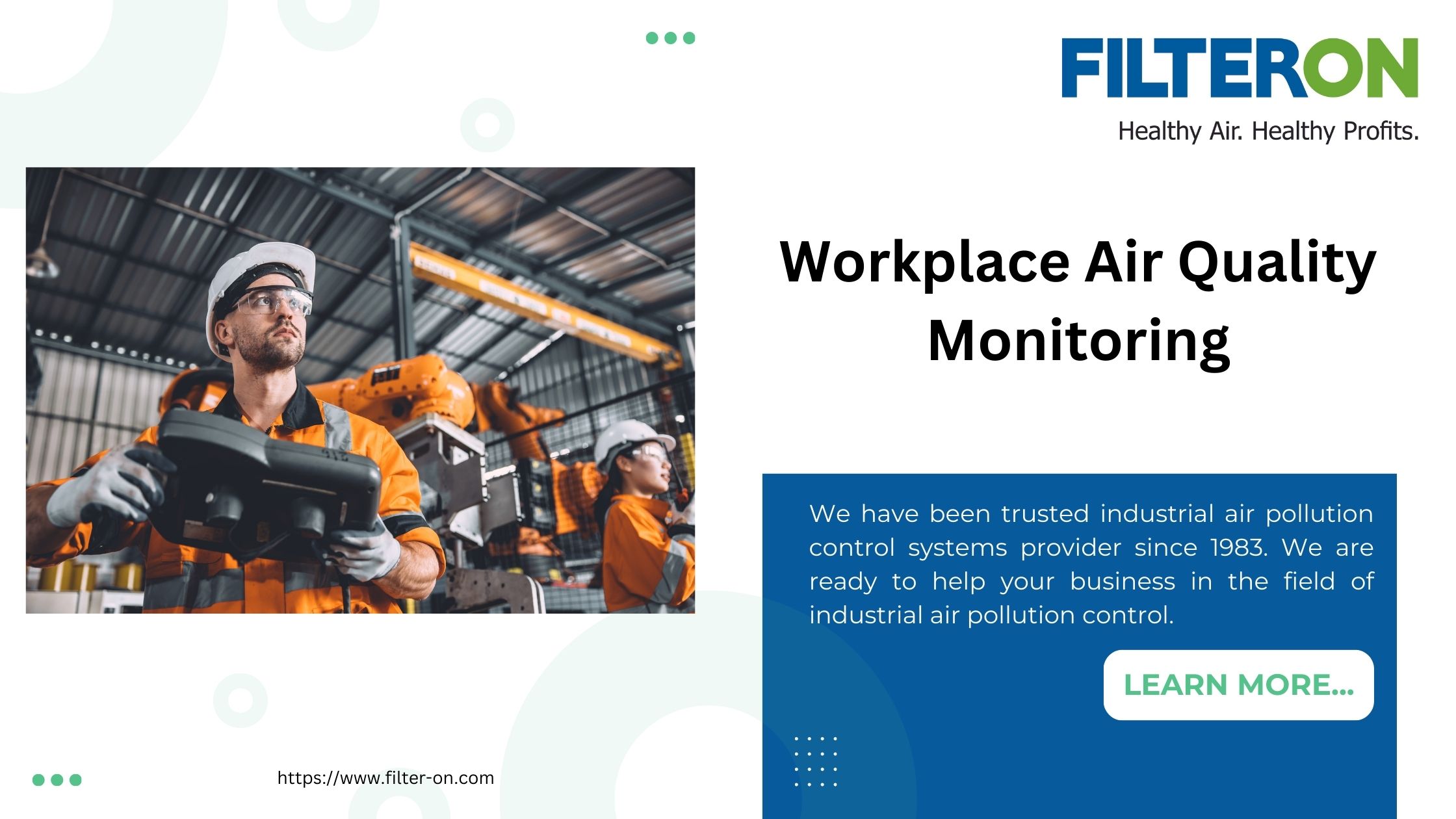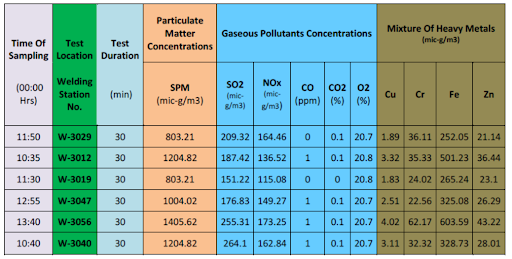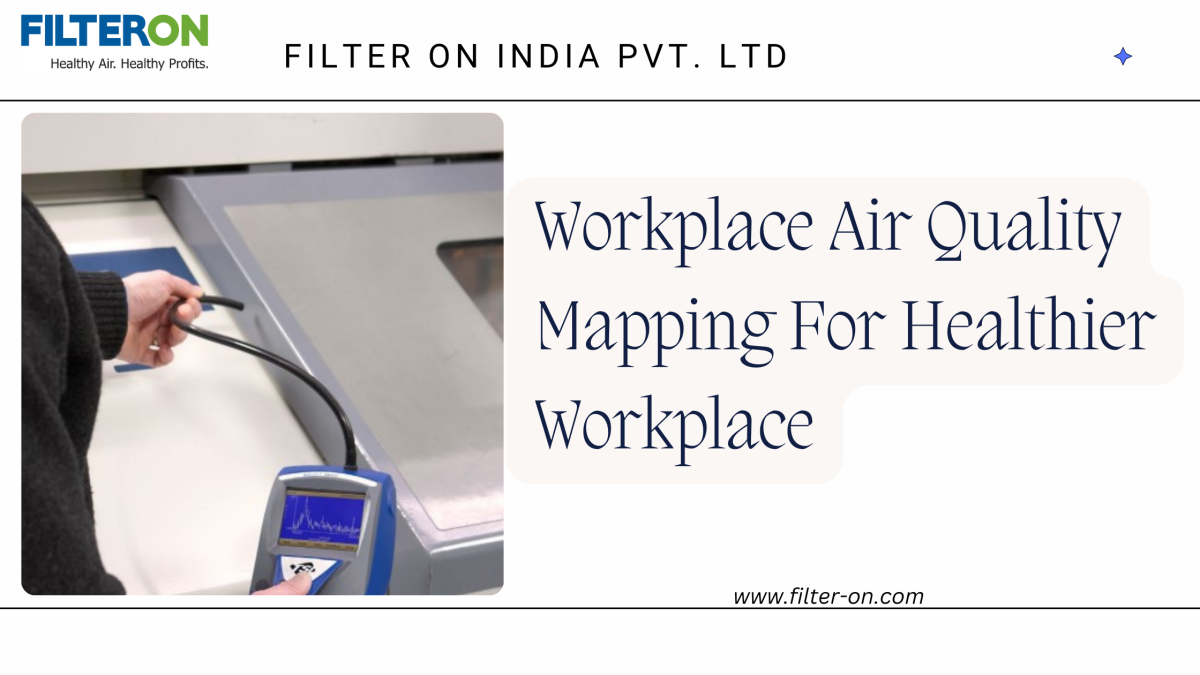Welding Fumes: Unveiling Hazards and Crafting Solutions For Safer Workforce.
Welding joins materials together by melting a metal workpiece along with filler metal to form a strong joint; thus, welding is one of the most important fundamental processes in every industry. The welding process required in creating structures, making products, and fabricating them to make them safer involves joining various components, so it involves various particles to play with. When we talk about metalworking industries, welding plays a vital role in every step of the industry, so in the metalworking industry, welding is a very important process. In this article, we will discuss welding, welding fumes, their adverse effects on the workforce, and safety solutions to overcome welding fumes.
Types of welding:
Welding is classified into two groups: fusion (heat alone) or pressure (heat and pressure) welding. There are three types of fusion welding: electric arc, gas, and thermit. Electric arc welding is the most widely used type of fusion welding. It employs an electric arc to melt the base and filler metals. Arc welding types, in order to decrease fume production, include:
Gas or oxy-fuel welding uses a flame from burning a gas (usually acetylene) to melt metal at a joint to be welded and is a common method for welding iron, steel, cast iron, and copper. Thermit welding uses a chemical reaction to produce intense heat instead of using gas fuel or electric current. Pressure welding uses heat along with impact-type pressure to join the pieces. Oxy-fuel and plasma cutting, along with brazing, are related to welding as they all involve the melting of metal and the generation of airborne metal fumes. Brazing is a metal-joining process where only the filler metal is melted.
When the welding process runs in industries, it spreads various hazardous particles on the surfaces as well as in the air, such as metals like aluminum, antimony, arsenic, beryllium, cadmium, chromium, cobalt, copper, iron, lead, manganese, molybdenum, nickel, silver, tin, titanium, vanadium, and zinc. gasses like argon, helium, nitrogen, and carbon dioxide. Which is very dangerous and hazardous for the health of the workforce.
Health impacts on the workforce:
Short-Term Health Impact:
Acute exposure to welding fumes and gasses can result in eye, nose, and throat irritation, dizziness, and nausea. and a metallic taste. Welding smoke can also irritate the eyes, nose, chest, and respiratory tract and cause coughing, wheezing, shortness of breath, bronchitis, pulmonary edema (fluid in the lungs), and pneumonitis (inflammation of the lungs). Gastrointestinal effects, such as nausea, appetite loss, vomiting, cramps, and slow digestion, have also been associated with welding smoke. Some welding fume components and welding processes can be especially dangerous in a short period of time. Cadmium in welding fumes can be fatal in a short time.
Long-Term Health Impact:
Prolonged exposure to welding fumes may cause lung damage and various types of cancer, including lung, larynx, and urinary tract cancer. Ultraviolet radiation given off by welding reacts with oxygen and nitrogen in the air to form ozone and nitrogen oxides, which are deadly at high doses, irritate the nose and throat, and cause serious lung disease.
Health effects from certain fumes may include metal fume fever, stomach ulcers, kidney damage, and nervous system damage. Prolonged exposure to manganese fumes can cause Parkinson’s-like symptoms. According to the Workers Health Network, while there may be a genetic predisposition to developing Parkinson’s, most doctors believe that some environmental factor is involved, which triggers the disease. The development of this condition is especially associated with workers who have worked with manganese.
Gasses such as helium, argon, and carbon dioxide displace oxygen in the air and can lead to suffocation, particularly when welding in confined or enclosed spaces. Carbon monoxide gas can form, posing a serious choke hazard.
Workers in the area who experience these symptoms should leave the area immediately, seek fresh air, and obtain medical attention.
How is the productivity of workers lost due to welding fumes?
This pollution not only has a direct impact on the health of the workers and those working in the weld shop, but also on their working capacity and productivity. Due to pollution,
- Workers are unable to concentrate completely on their work.
- Excessive absenteeism due to illness (which costs the company as well as the worker)
- Loss of concentration results in more mistakes, resulting in an increased amount of rework.
- Taking more time to complete the work—overtime
Due to all this, both the worker and the company suffer huge losses, and pollution becomes the biggest hindrance to the progress of both. Is all this happening in your company/weld shop too?
A seemingly small thing in a factory environment, like welding fumes, can have ramifications ranging from your health to the company’s balance sheet and even future progress!
That is why controlling pollution is essential for a progressive welder and company.
Solutions to overcome welding fumes in industry:
Take into consideration controlling welding fumes in industry. First, get to know how much welding fumes are generated in your industry. Which type of welding is mostly used in your factory? How many workers work at a time? What is the time period for welding work?
So in industry, overcoming welding fumes is a major task, so various controlling measures should be taken. Some of the solutions to overcome welding fumes are:
General Ventilation Measures:
General ventilation uses roof vents, open doors and windows, roof fans, and floor fans to move air through the entire work area. These methods are not as effective as local exhaust ventilation and may actually spread chemicals around the workplace. However, general ventilation is often helpful when used to supplement local ventilation.
For example, if there is one small welding shop where 2–3 workers are working and there are 2 — 2.5 hours of welding work in a day, then using dilution ventilation we can reduce the pollution due to welding fumes. With the use of fans, we can maintain the level of distance between the welder and welding fumes. Another precaution we can take here is that welding work should be done near the wall on a table, and an exhaust fan should be installed to remove the fumes from the shop to protect workers from welding fumes.

Local Ventilation Measures:
Local exhaust ventilation systems can be used to remove fumes and gasses from the welder’s breathing zone. Keep fume hoods, fume extractor guns, and vacuum nozzles close to the plume source to remove the maximum amount of fumes and gasses. Portable or flexible exhaust systems can be positioned so that fumes and gases are drawn away from the worker. Keep exhaust ports away from other workers. Local exhaust can be provided by an extracting gun, which can reduce worker exposure to welding emissions by 70 percent.

For example, if there is a welding shop where 10–15 workers work and welding work is continuously done, such as in auto-component industries where LEV (local exhaust ventilation) needs to be used, and various types of suction hoods should be joined to the LEV to fetch fumes from welding stations and filter them to send them outside of the premises or inside.


There are various types of local exhaust ventilation.
Portable Fumes Extractor: When there is welding required for a big job that is handled by crane, we can’t use suction hoods there, so in that condition, the Portable Fumes Extractor plays a very important role in removing fumes from that area
In the Portable Fumes Extractor, there is a self-standing suction arm that the welder can adjust anywhere. To suck fumes from welding, the suction hood should be placed 100–300 mm near the welding work, as shown in Image A.

Fumes Extractor Image B, where a blower (fan) and a filter are used, which suck the fumes and filter them.
Stationary Type Fume Extractor: It is used for robotic welding stations or manual welding stations
A fume extractor system is installed on the top or side of the station. By placing a hood over the welding table or fixture, the fume extractor is connected to the hood through a pipe or duct. The welding fumes pass through the hood and pipe and enter the filter, where the smallest particles present in it are filtered, and the pure air goes out of the fume extractor through the fan.
Centralized Fumes Extraction System: When there are many (more than 15-20) weld stations in a weld shop, then installing a separate fume extractor for each weld station is not sufficient. Then centralized systems are used.
In a centralized system, all the weld stations are connected to a larger fume extraction system through ducting. This system can be installed inside or outside the shop.

Air quality monitoring:
Planning and maintaining a proper air quality monitoring schedule at scheduled intervals is the best option to reduce welding fumes and improve the overall workplace air quality. Monitoring the air quality helps industries choose the right equipment at the right time to overcome air pollution due to welding fumes. Filter-On also provides air quality testing services as per your convenience.
Scheduled Maintenance of Equipment:
Implementing a proper maintenance schedule for equipment is a task for every industry, as it ensures the performance of the machines and equipment and improves the overall air quality of the industrial environment. FilterOn’s after-sales service will be beneficial for you if you want hassle-free maintenance of welding fume extractors and other air quality improvement equipment.
Which type of system is best for your shop?
How many welding stations are there in your shop? How much welding is done? On which material is welding done? Does the shop layout remain fixed or change frequently? How is material handling done? By studying all these things, you can decide on the appropriate option.
After installing any type of system, it is important to understand and follow some things.
- cleaning the filter in the system from time to time.
- Checking blower/fan current and vibration
- Checking the air flow of the system once a month
If there is a big shop in which more than 15-20 workers work together, then it is necessary to check the air quality before and after the installation of the system so that we get information about what effect the installation of the system has on the air quality. The objective is to provide a pure and safe environment for workers.
Govt. Regulations to overcome welding fumes in industry:
There are various government regulations created to overcome welding fumes and their hazardous impact on workers in industries. The criteria for safe air quality are specified in OSHA standards or the Factory Act. According to these, it is important to maintain air quality. Some of the well-known regulations are as follows:
Some OSHA standards applicable to welding are:
- Welding Cutting, and & Brazing—29 CF1910,10 Subpart Q
- Weldin and & Cutting—29 CF1926,26 SubparJJ
- WeldingCutting,nand & Heating—29 CF1915,15 SubparDD
- Permit-required confined spaces—29 CF1910.1466
- Confineand & Enclosed Spaceand & Other Dangerous Atmospheres in Shipyard Employment—29 CFR 1915 Subpart B
- Hazard Communication—29 CFR 1910.1200
- Respiratory Protection—29 CF1910.1344
- Air Contaminants—29 CFR 1910.1000 (general industry), 29 CFR 1915.1000 (shipyards), 29 CFR 1926.5(construction)
Why is safe air quality important?
- The health of workers and other shop employees remains safe.
- Their productivity remains at a high level.
- Unproductive situations like absenteeism, rework, rejection, overtime, etc. lead to decline.
- Higher productivity increases the profitability of the company.
- Having a good, pollution-free environment in the factory helps the company get certifications like ISO 14000 and OSHA, and the brand image of the company is also good. This makes it easier for the company to attract new customers, retain good employees, and attract new employees.
- Safe air quality is one of the best investments for both the company and the worker.
Visit blogs to learn more about the critical features of clean air system design and air pollution control systems created by Filter On India.



